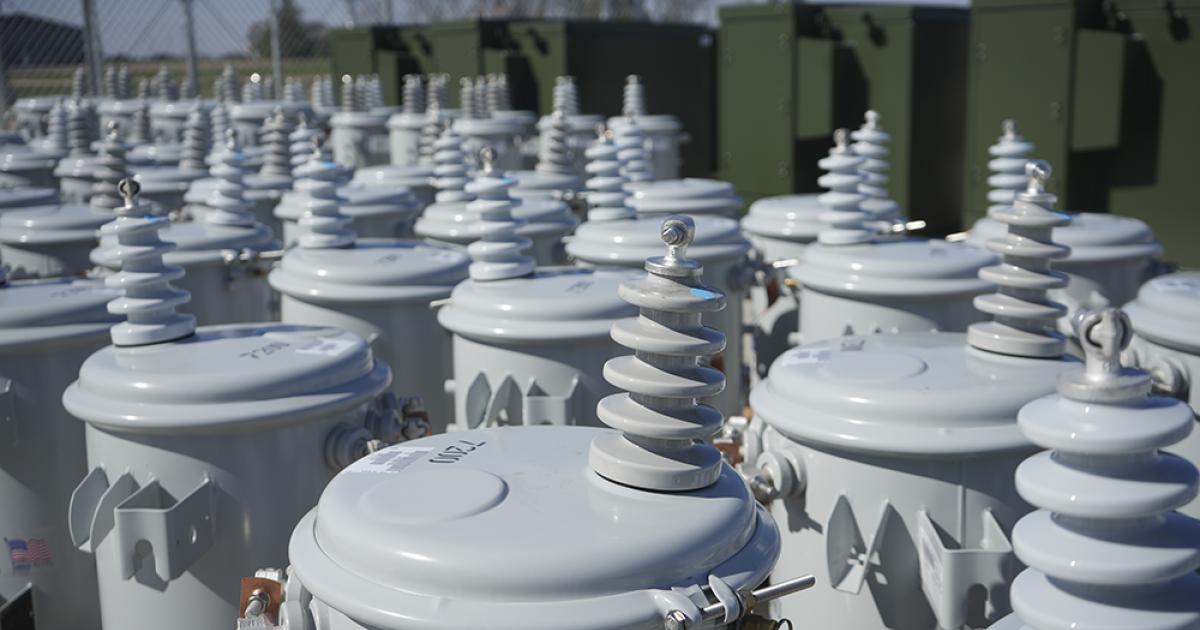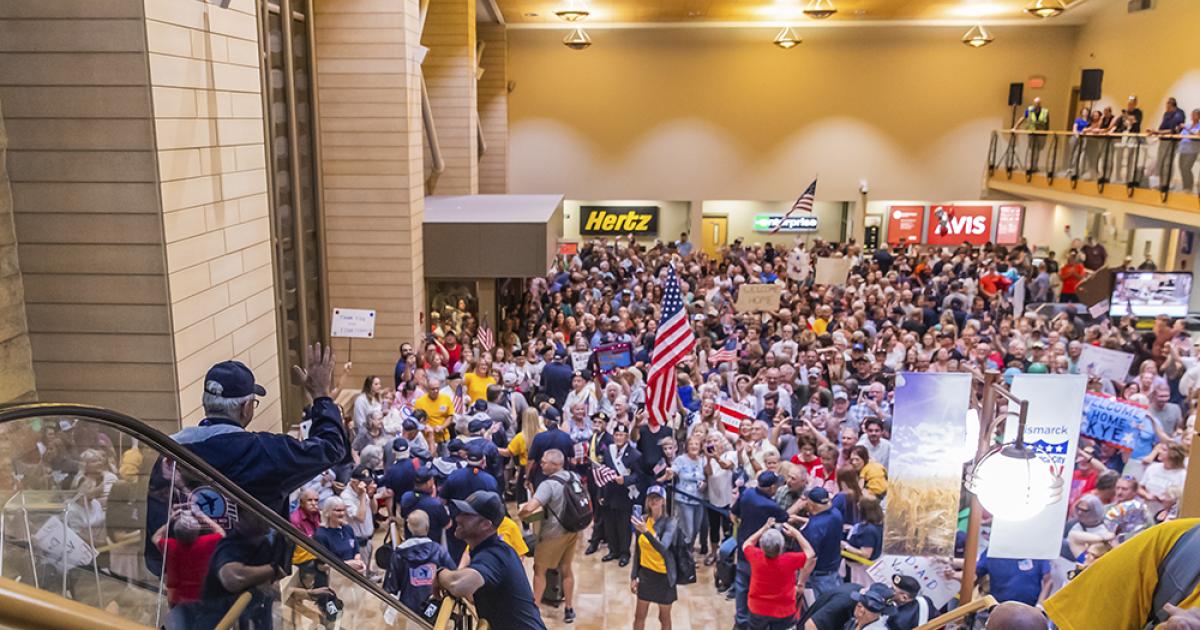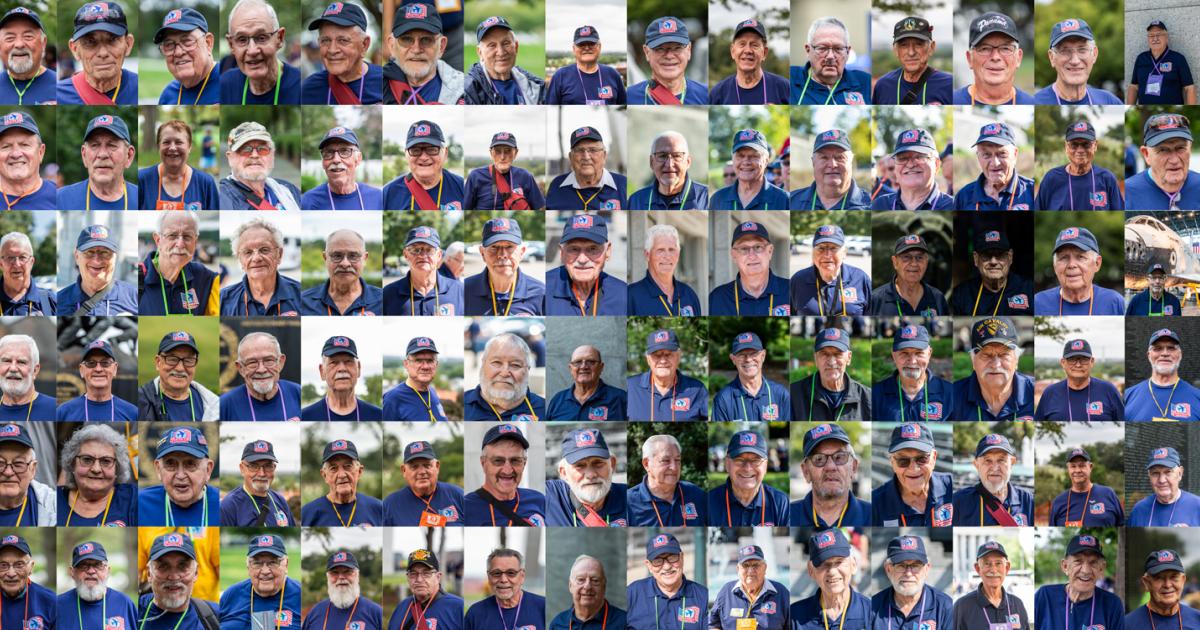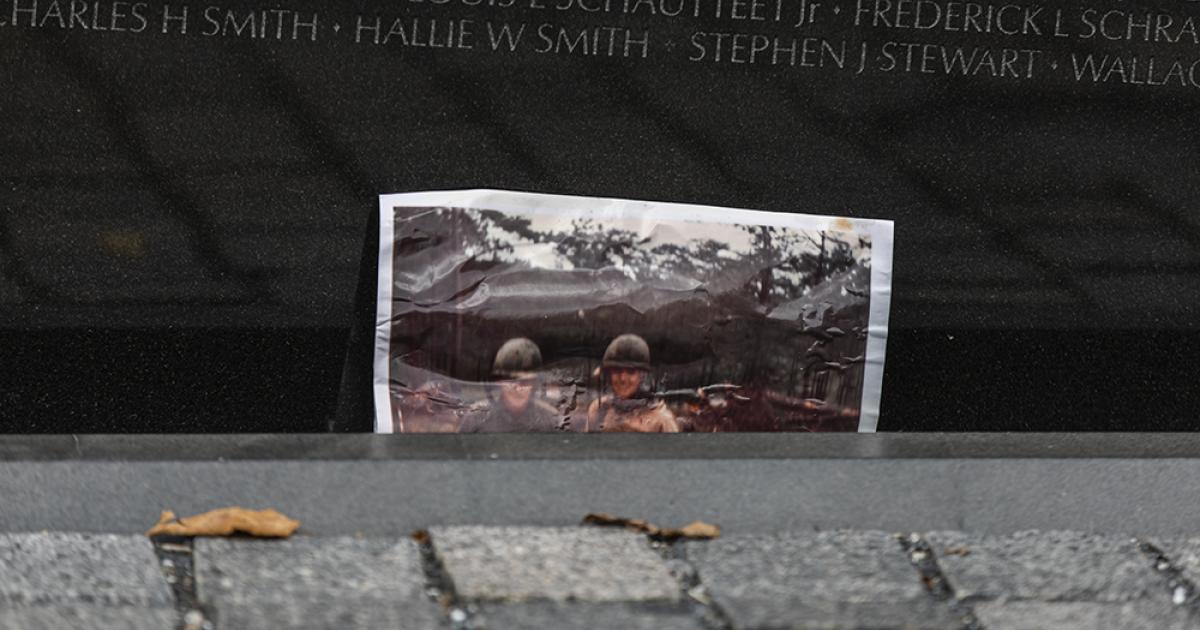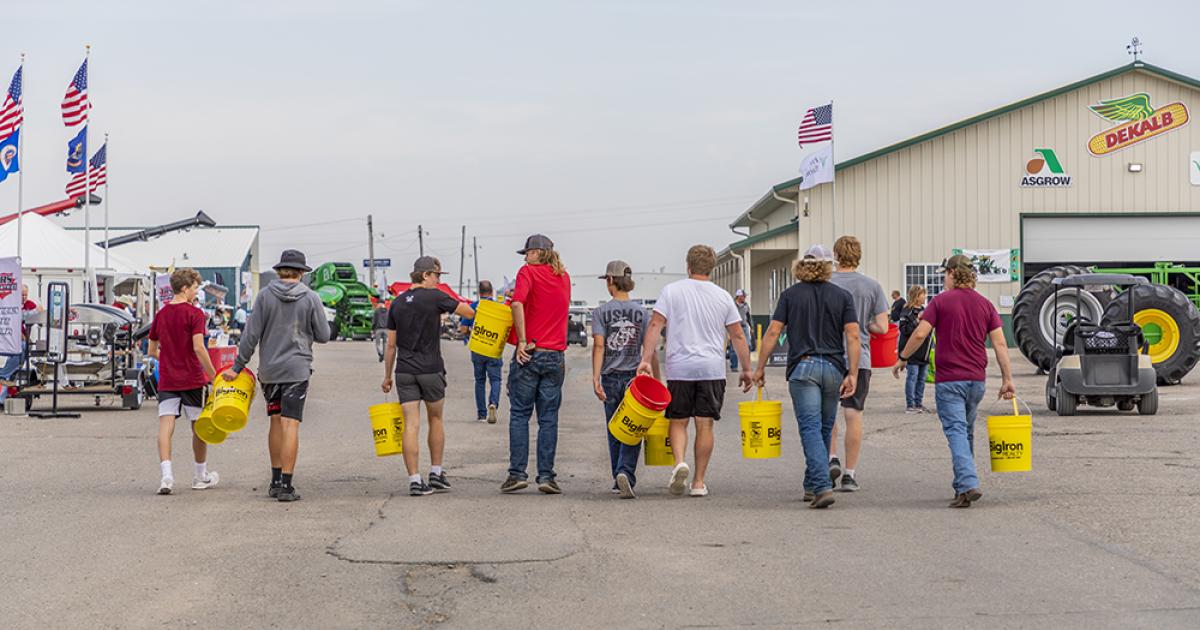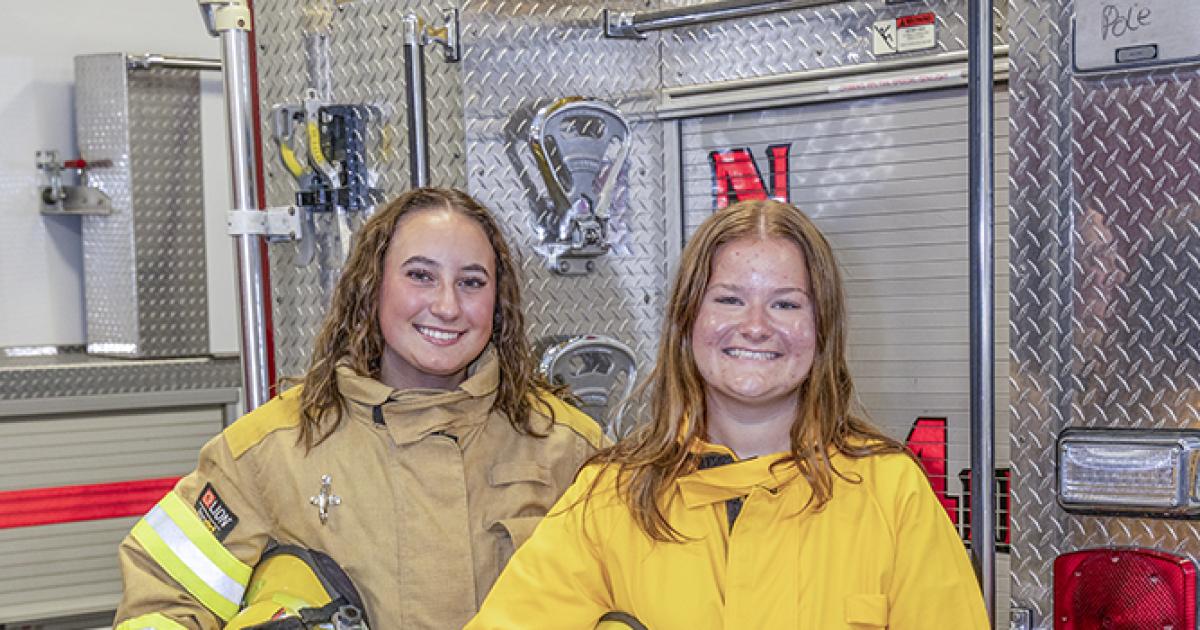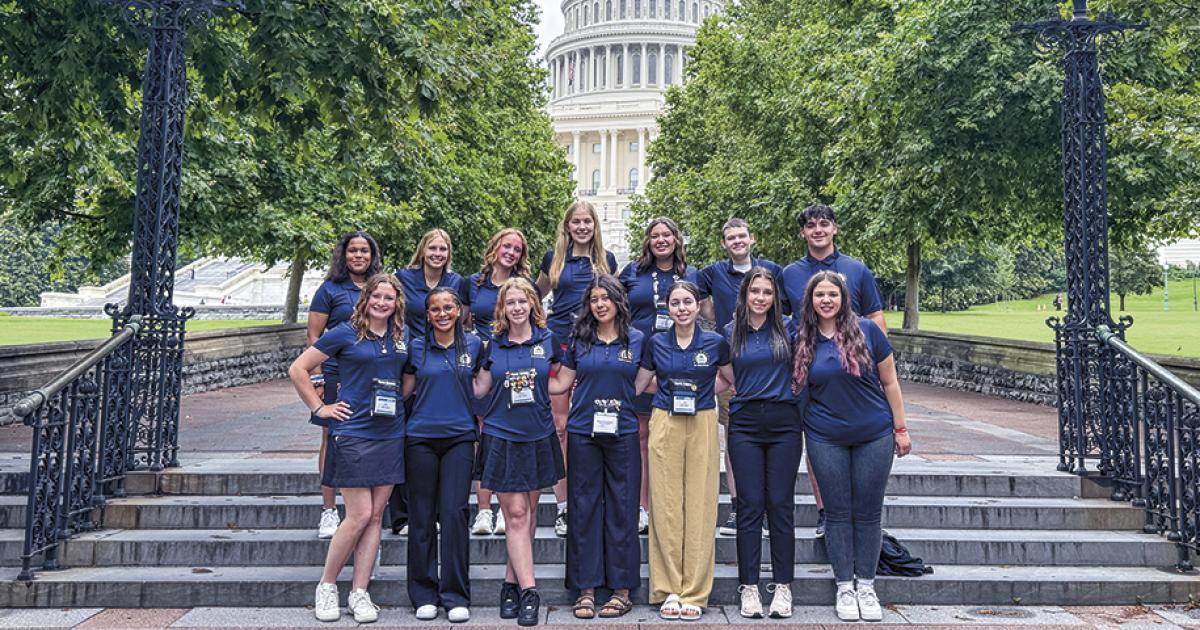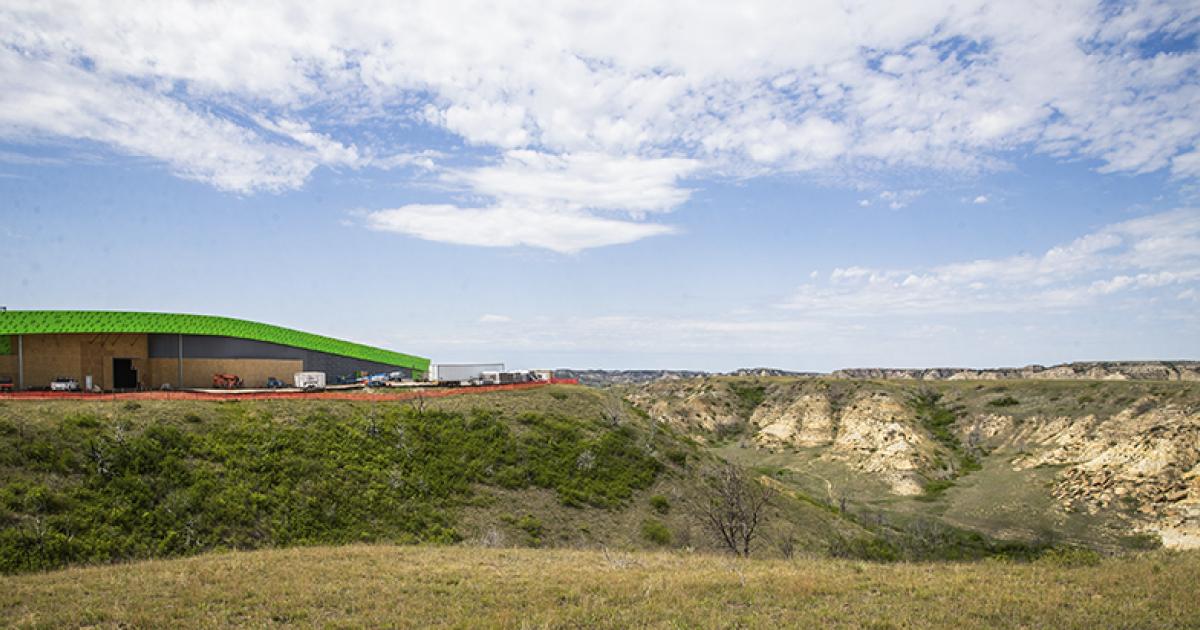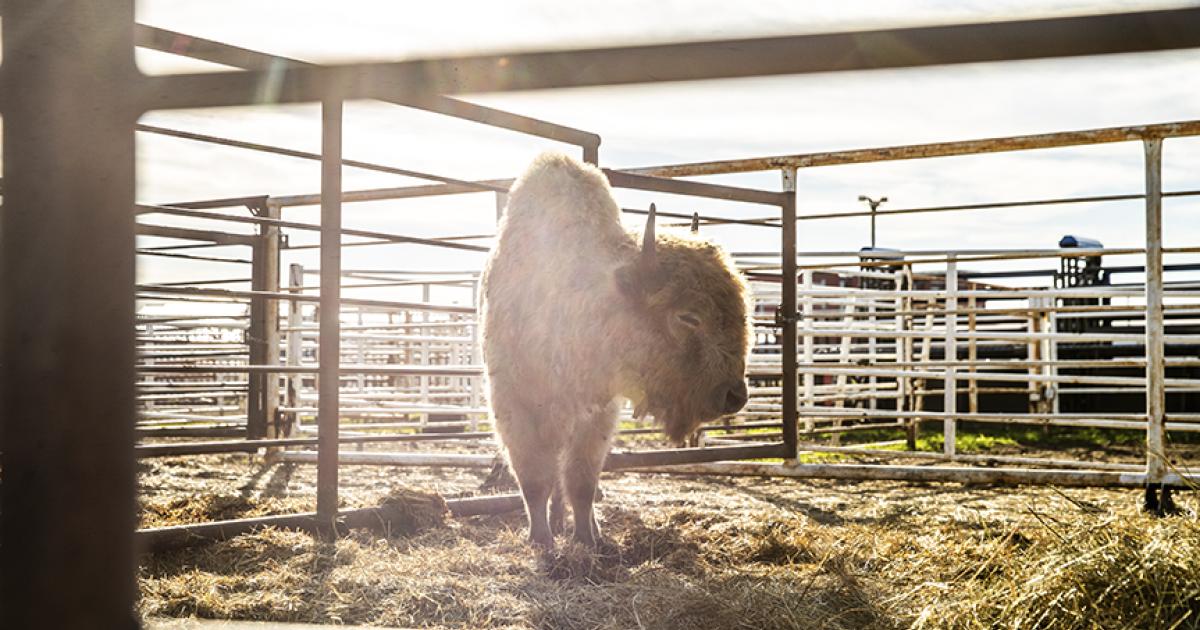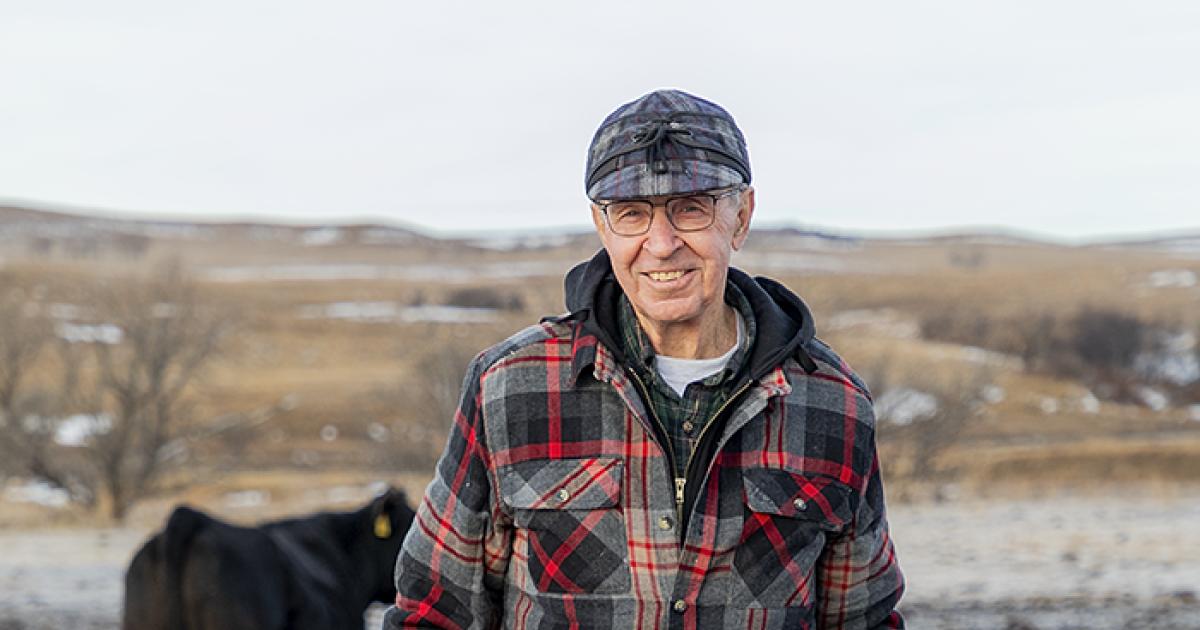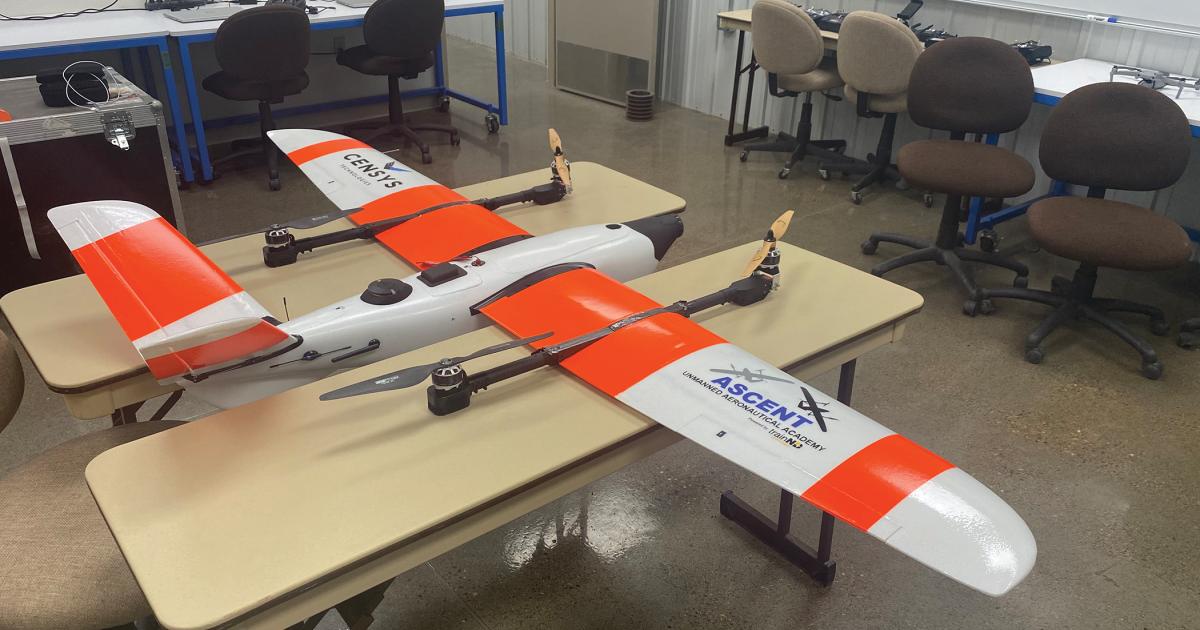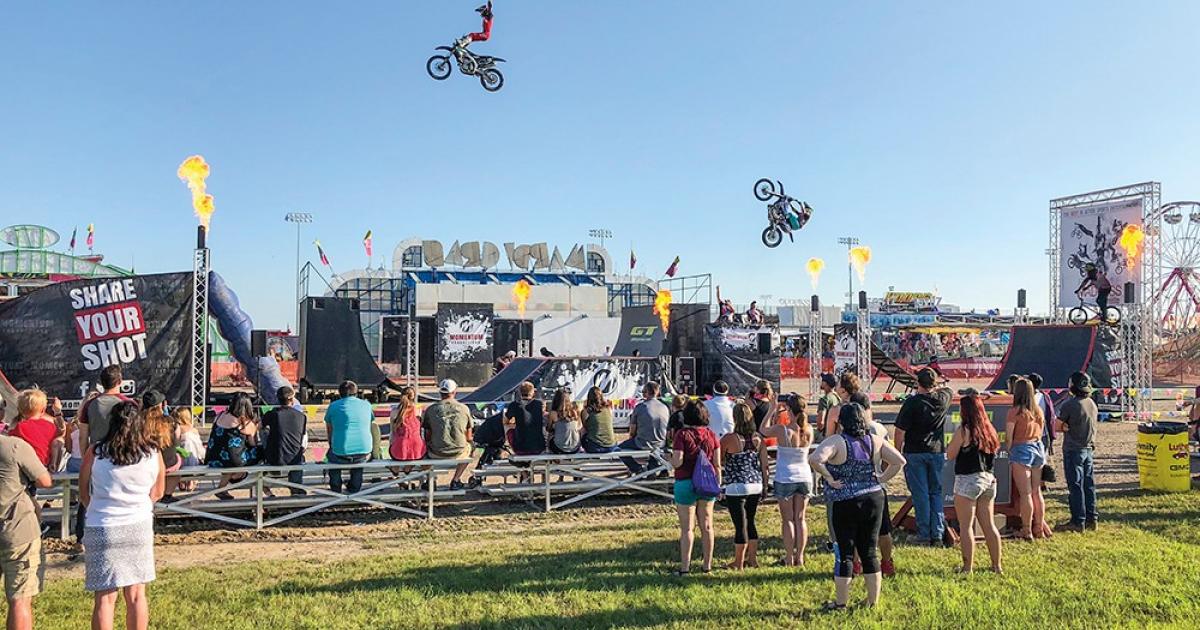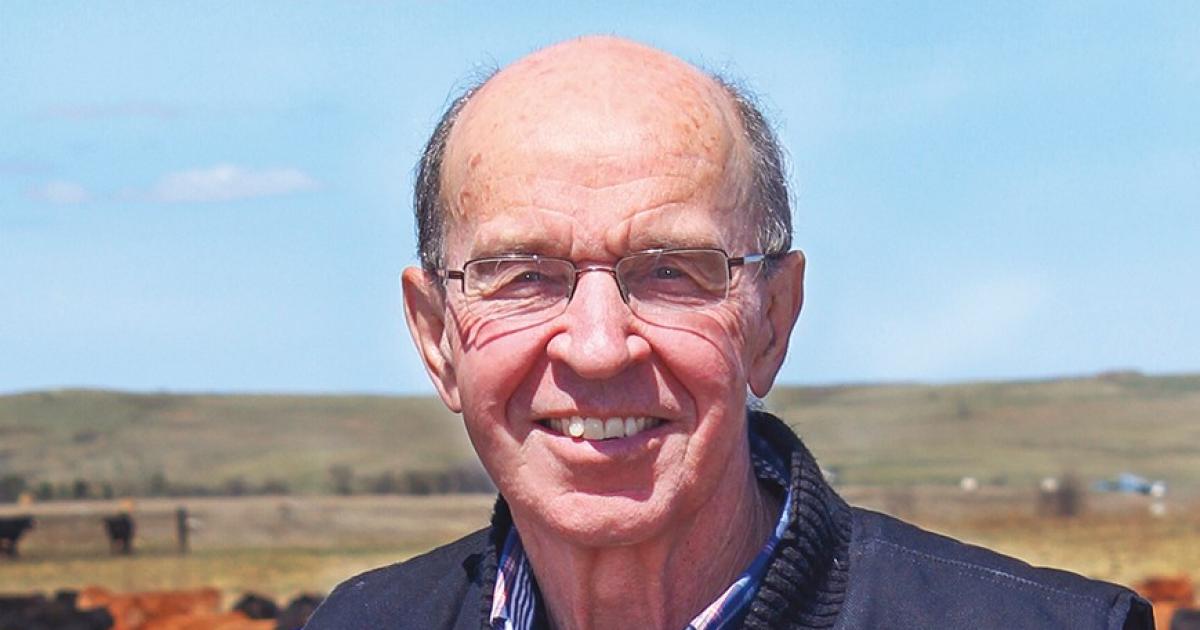North Dakota
Vietnam War veteran David “Dave” Logosz of Dickinson (read his story here) was one of 227 veterans from North Dakota who traveled to Washington, D.C., in September on the all-expenses-paid Western ND Honor Flight.
“It was quite an honor to go on the Honor Flight, and I would recommend it to every veteran to go, if possible,” he says. “It was very uplifting.”
The Western ND Honor Flight transports America’s veterans on all-expenses-paid trips to Washington, D.C., to visit the memorials built to honor those who have served and sacrificed for the country.
HOW TO APPLY AND DONATE
Visit westernndhf.org to apply for your veteran or yourself, to donate today, volunteer or find Western ND Honor Flight events near you.
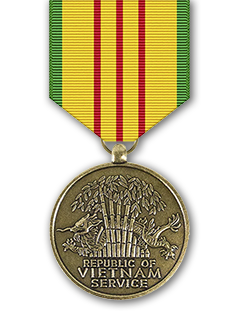 2025 marks the 50th anniversary of the end of the Vietnam conflict, which concluded with the fall of Saigon on April 30, 1975.
2025 marks the 50th anniversary of the end of the Vietnam conflict, which concluded with the fall of Saigon on April 30, 1975.
U.S. involvement in the Vietnam War began in the 1950s and greatly escalated in 1965. In total, more than 8.7 million Americans served in the military during the Vietnam era, 2.7 million of whom were deployed to Vietnam.
Visitors to the 45th Big Iron Farm and Construction Show will immerse themselves in three days of agricultural and construction industry innovations, with plenty of opportunities to sit in the seat and test the technology.
A free concert, exhibit booths, daily demonstrations and informational sessions are all part of the schedule for the 45th annual show.
North Dakota’s new law banning student cellphone use in public schools took effect Aug. 1. North Dakota Living turned to students to ask their thoughts on the cellphone ban.
Each year, electric cooperatives from across the country sponsor high school sophomores and juniors to participate in the Electric Cooperative Youth Tour. The all-expense-paid trip to Washington, D.C., immerses students in the democratic process, teaches them about cooperatives and includes a full itinerary of monuments, museums and historic sites.
Kennedy DeLap has a little more hardware to lug with her camera bag.
The Bismarck native and North Dakota Living photojournalist was crowned Miss North Dakota 2025 on June 7 at the Bakken Auditorium in Williston.
“They put the crown on my head, and I just couldn’t believe it,” DeLap says.
She fully expected to be at work the following Monday, editing photos and dicing through interviews from a recent assignment in Medora. But instead, she was being interviewed by the Williston Herald about her new job as Miss North Dakota.
“I’m a big believer that we need more talk about history, not less. This is how we do it,” says Robbie Lauf, executive director of the Theodore Roosevelt Presidential Library.
For the last 10 years, Lauf has thought about Theodore Roosevelt, his favorite president, every single day. He’s seen North Dakota’s presidential library transform from an idea to a $400 million sustainable marvel at the doorstep of the Badlands, where America’s 26th president transformed his life.
A crowd gathered at the Sky Dancer Casino and Resort 5 miles west of Belcourt on a chilly fall morning to watch the first event of its kind take place – a white buffalo gifting ceremony. The Turtle Mountain Band of Chippewa had 11 white bison until Oct. 16, 2024, when they gifted five white bison calves to neighboring tribes in North Dakota and Minnesota.
White bison hold deep significance for the Indigenous tribes of the Great Plains. They are also rare, occurring once in every 10 million bison.


